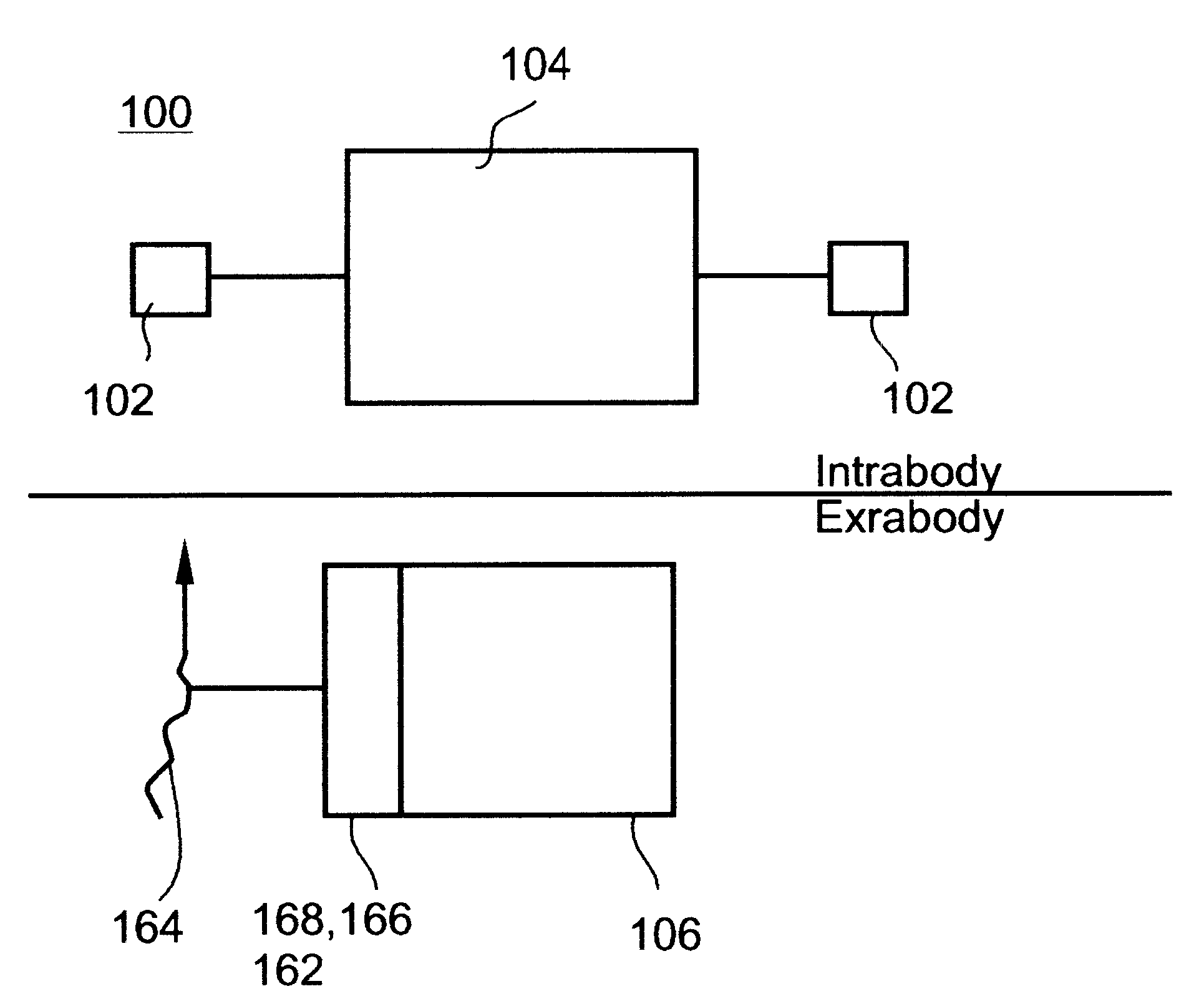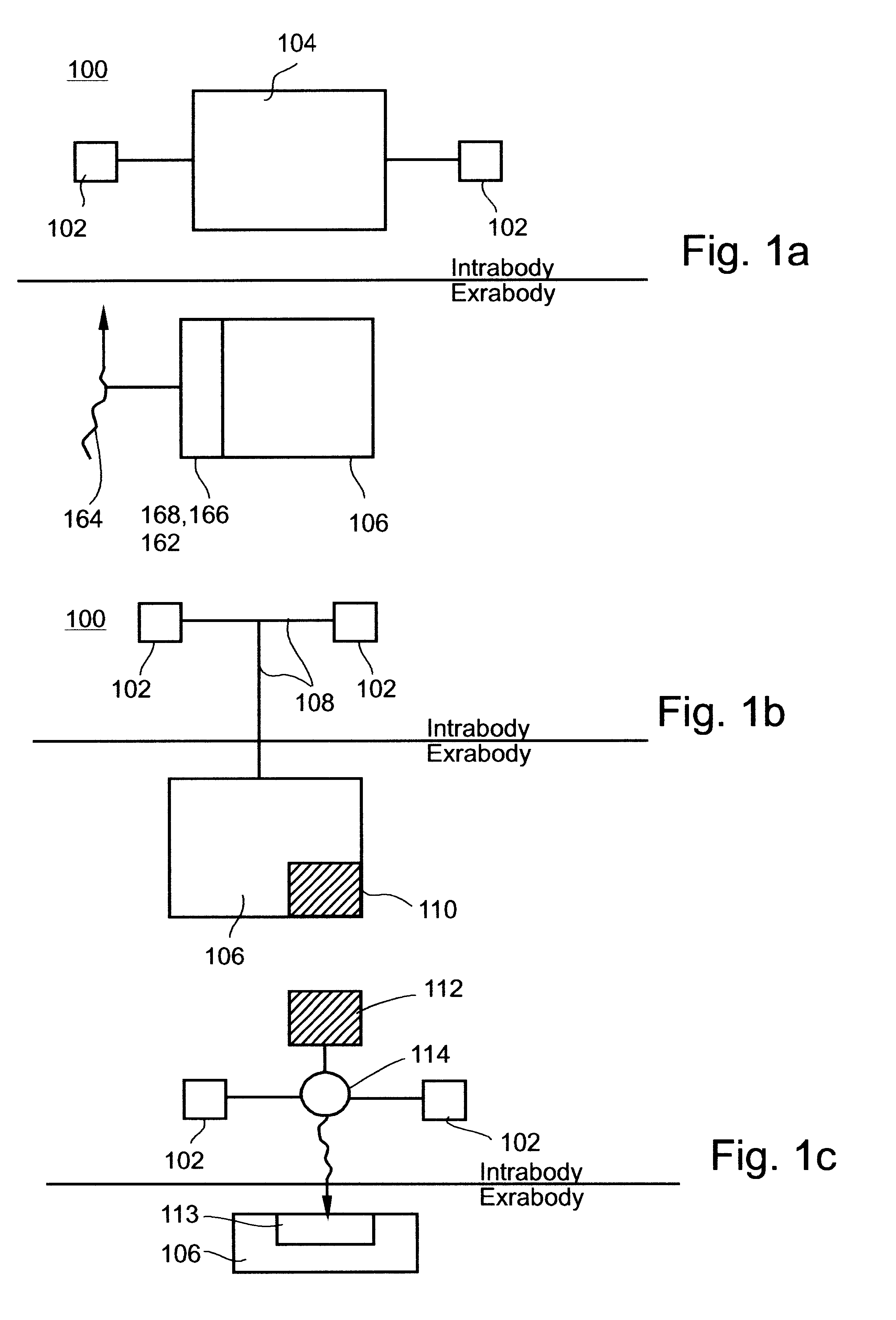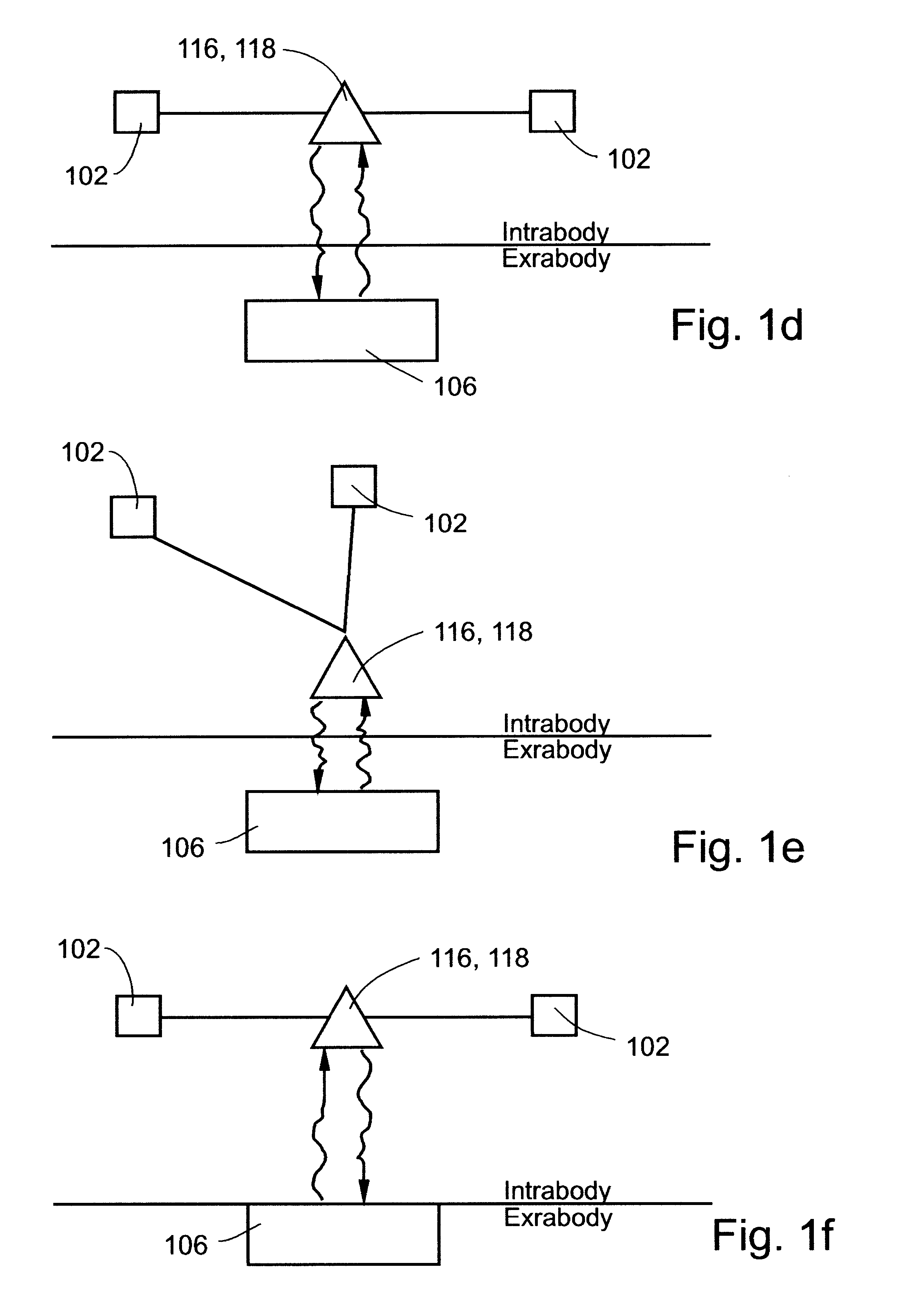System and method for directing and monitoring radiation
a radiation and radiation monitoring technology, applied in the field of radiation monitoring system and method, can solve the problems of not always being able to predict the dose of the actual entrance and exit location, the effect of radiation on normal cells cannot be overlooked, and the dose applied to the treated location, where interpolation has been performed, cannot always be predicted from the measured entrance and exit dos
- Summary
- Abstract
- Description
- Claims
- Application Information
AI Technical Summary
Problems solved by technology
Method used
Image
Examples
Embodiment Construction
Reference is now made to the following example, which together with the above descriptions, illustrate the invention in a non limiting fashion.
For purposes of better understanding the construction and operation of an acoustic transducer utilizable by the system of the present invention, reference is made to the construction and operation of an acoustic transducer as described in U.S. patent application Ser. No. 09 / 000,553.
Referring again to the drawings, FIGS. 5a, 5b and 6a-6e illustrate a preferred embodiment of a transducer element according to the present invention. As shown in the Figures, a transducer element 1 includes at least one cell member 3 including a cavity 4 etched into a substrate and covered by a substantially flexible piezoelectric layer 2. Attached to piezoelectric layer 2 are an upper electrode 8 and a lower electrode 6, the electrodes for connection to an electronic circuit.
The substrate is preferably made of an electrical conducting layer 11 disposed on an elect...
PUM
 Login to View More
Login to View More Abstract
Description
Claims
Application Information
 Login to View More
Login to View More - R&D
- Intellectual Property
- Life Sciences
- Materials
- Tech Scout
- Unparalleled Data Quality
- Higher Quality Content
- 60% Fewer Hallucinations
Browse by: Latest US Patents, China's latest patents, Technical Efficacy Thesaurus, Application Domain, Technology Topic, Popular Technical Reports.
© 2025 PatSnap. All rights reserved.Legal|Privacy policy|Modern Slavery Act Transparency Statement|Sitemap|About US| Contact US: help@patsnap.com



